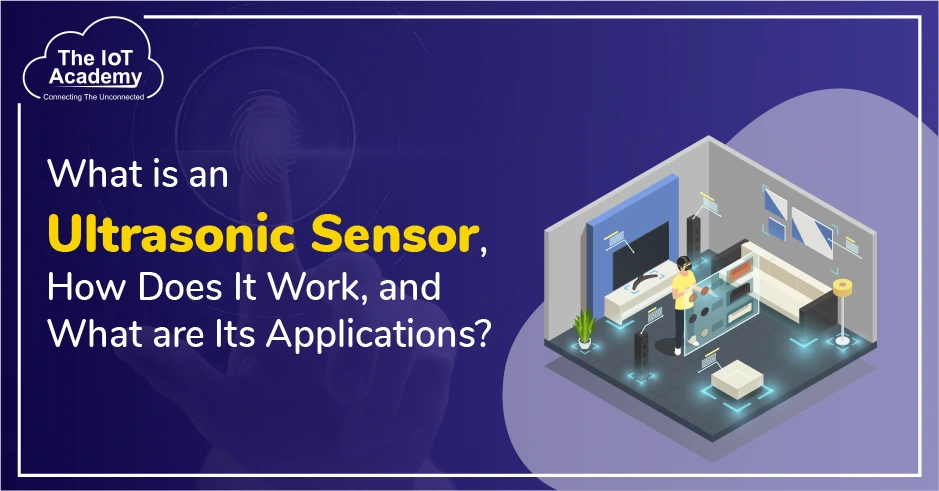Before diving into Embedded Systems, let’s first break down the two words: system and embedded.
A system is basically a collection of parts that work together to do a job. Think of it like a car, the engine, wheels, brakes, and steering all connect to make the car move and serve its purpose.
Embedded simply means something that is built into or attached to something else. For example, a seed is embedded inside a fruit, or a camera might be embedded in your smartphone.
So, when we put these ideas together, an Embedded System is simply a system (a set of parts working together) that is built inside another device to perform a specific task. This guide is your gateway into the world of embedded systems, giving you a clear and simple introduction to understand what they are and how they work and what is characteristic of embedded system
What is Embedded system?
An Embedded System is a specialized computing system that integrates hardware and software to perform a dedicated function within a larger device. Unlike general-purpose computers, embedded systems are task-specific, optimized for efficiency, reliability, and real-time performance.
They consist of a processor (microcontroller, microprocessor, or DSP), memory, input/output interfaces, and application-specific software. These systems are tightly coupled with the device they control, often operating with limited resources and low power.
Embedded systems power countless technologies around us, from consumer electronics and automotive systems to industrial automation, medical devices, and IoT solutions, forming the backbone of modern smart devices.
For example:
- Your microwave has a tiny computer inside that controls cooking time and power.
- A digital camera uses an embedded system to process images.
- Cars use many embedded systems to manage brakes, airbags, and navigation.
So, you can think of it as “a computer hidden inside a machine, working silently to perform dedicated functions.”
What is Embedded Operating Systems?
Some embedded systems are very simple and don’t need an operating system. But when the task is more complex, they use something called an embedded operating system (OS).
An embedded operating system is a lightweight version of an OS, designed to run on small devices with limited memory and power. Unlike Windows or macOS, which run on PCs, an embedded OS focuses on efficiency and real-time response.
Examples include:
- FreeRTOS: widely used in IoT devices.
- VxWorks: used in aerospace systems.
- Embedded Linux: found in smart TVs, routers, and many gadgets.
Components of an Embedded System
An embedded system is not just one chip; it has multiple components working together. At a basic level, the major parts include:
- Processor (Microcontroller or Microprocessor): The “brain” that performs calculations and controls the system.
- Memory: Stores programs and data. Often smaller than what you’d find in a computer.
- Input/Output Interfaces: Connects to sensors, buttons, displays, or other devices.
- Software (Embedded Program or Firmware): Special code written to run the system.
For example, in a washing machine, the sensors detect water level (input), the processor decides when to start/stop the motor, and the display shows the remaining time (output).
Types of Embedded Systems
Embedded systems are not one-size-fits-all. They come in different forms depending on complexity, performance, and purpose.
1. Based on Performance and Complexity
- Small-Scale Embedded Systems:
Simple systems using microcontrollers. Example: calculators, digital watches. - Medium-Scale Embedded Systems:
Use 16- or 32-bit processors and can handle more complex tasks. Example: ATMs, printers. - Sophisticated Embedded Systems:
High-performance systems with powerful processors. Example: aerospace controls, advanced medical devices.
2. Based on Real-Time Operation
- Real-Time Embedded Systems: Designed to respond immediately to inputs, often in milliseconds.
- Hard Real-Time: Delays are unacceptable (e.g., airbag deployment in cars).
- Soft Real-Time: Small delays are okay (e.g., video streaming).
3. Based on Purpose
- Standalone Embedded Systems: Work independently. Example: digital camera.
- Networked Embedded Systems: Connected to networks for communication. Example: smart home devices.
- Mobile Embedded Systems: Compact and portable. Example: smartphones, MP3 players.
Examples of Embedded Systems in Daily Life
To better understand, let’s look at a real-world embedded system with example:
- Home Appliances: Washing machines, microwaves, refrigerators.
- Automobiles: Airbags, anti-lock braking systems (ABS), and GPS navigation.
- Healthcare: Heart rate monitors, MRI machines, insulin pumps.
- Consumer Electronics: Smart TVs, digital cameras, game consoles.
- Industrial Machines: Robots, assembly line automation, CNC machines.
- Telecommunication: Routers, switches, set-top boxes.
In short, almost every modern device you touch today has an embedded system inside.
Key Characteristics of Embedded Systems
What makes an embedded system different from a normal computer? Here are its main characteristics:
- Dedicated Functionality: Performs one or a few specific tasks only.
- Real-Time Operation: Many embedded systems must respond quickly without delays.
- Low Power Consumption: Designed to be energy-efficient, especially in portable devices.
- Compact Size: Hardware and software are optimized to fit inside small devices.
- Reliability & Stability: Must work for years without failure (think of your car’s airbag system).
- Limited Resources: Usually has less memory and processing power than general computers.
- Cost-Effectiveness: Built to be affordable, especially when produced in bulk.
Why Are Embedded Systems Important?
Embedded systems are the backbone of modern technology. Without them, our gadgets would not be smart, fast, or user-friendly. They bring:
- Efficiency (optimised performance for tasks)
- Safety (in cars, healthcare, aerospace)
- Convenience (smart homes, wearable devices)
Conclusion
So, what is an embedded system in plain words? It’s a computer within a machine, designed to make the machine smart and efficient. From a simple digital watch to complex medical equipment, embedded systems are shaping our world silently.
They can be small-scale or sophisticated, real-time or standalone, but the goal is always the same, to perform dedicated tasks reliably. With the rise of IoT (Internet of Things) and AI, the role of embedded systems will only grow bigger in our daily lives.





